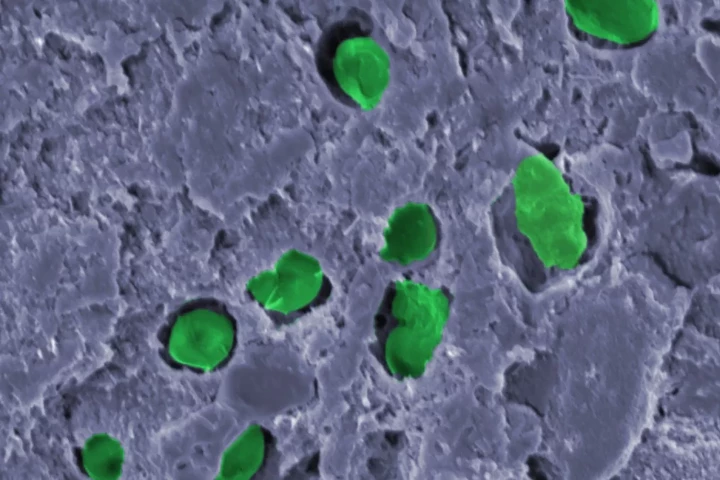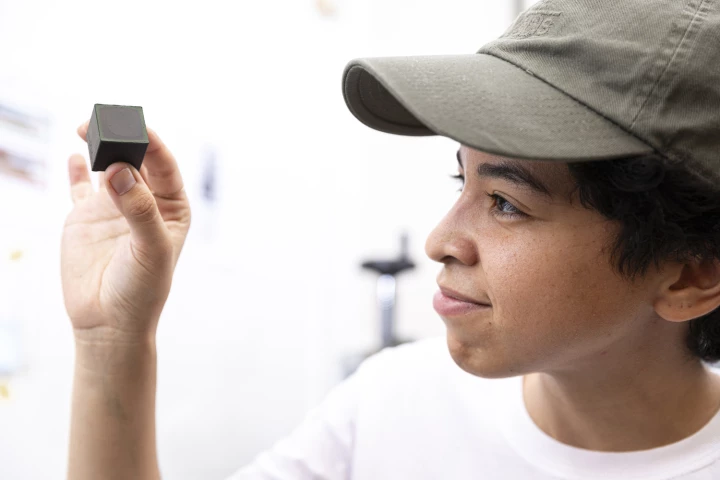Cyanobacteria
-
Researchers have created a paint containing living cyanobacteria that produces oxygen and can capture carbon dioxide. The bacteria’s ability to withstand extreme environments means the paint could even be used in outer space.
-
We often hear of cyanobacteria as being the cause of toxic algae blooms in lakes. Soon, however, a 3D-printed material that incorporates the microbes may be used to purify polluted water – and after the bacteria are finished, they'll kill themselves.
-
A study has found that glitter negatively affects the growth of cyanobacteria, an important player in aquatic ecosystems and a key component of marine food webs, highlighting the importance of reining in the use of this stealthy microplastic.
-
Commonly known as blue-green algae, toxic cyanobacteria can harm humans and wildlife alike when their populations soar in lakes or rivers. A newly developed sponge, however, could soon help bring such harmful algal blooms under control.
-
You may have downed the blue-green algae known as spirulina while on a health kick, but now, researchers have used it to create a bioplastic that will degrade in your compost bin in the same amount of time it takes for a banana peel to break down.
-
Potentially fatal to both animals and humans, blue-green algae blooms occur when overly-abundant cyanobacteria in the water produce harmful substances known as cyanotoxins. The sooner those toxins are detected, the better – which is where a new smartphone-connected device comes into the picture.
-
Nitrogen is a vital nutrient for plants, but they can't pull it out of the air, hence the need for artificial fertilizer. But now, researchers have engineered bacteria that can efficiently suck nitrogen out of the air, and the long-term goal is to develop crops that can do the same.
-
Propane is an appealing fuel, easily stored and already used worldwide, but it’s extracted from the finite supply of fossil fuels—or is it? Researchers have engineered bacteria to create engine-ready propane out of fatty acids, and in the future, maybe even sunlight.
-
German researchers have created a bio-based solar cell capable of generating a continuous electrical current of several nanowatts per sq cm. The new approach, avoids damage to the tapped photosynthetic cells, an issue that has plagued previous attempts to harness nature's "power plant."
-
Scientists are developing an inexpensive portable blue-green algae detector.
-
Scientists discover addition of plant protein boosts hydrogen production by photocatalyst.
-
Australian researchers are working on a method of controlling blue-green algae using ultrasound.
Load More











